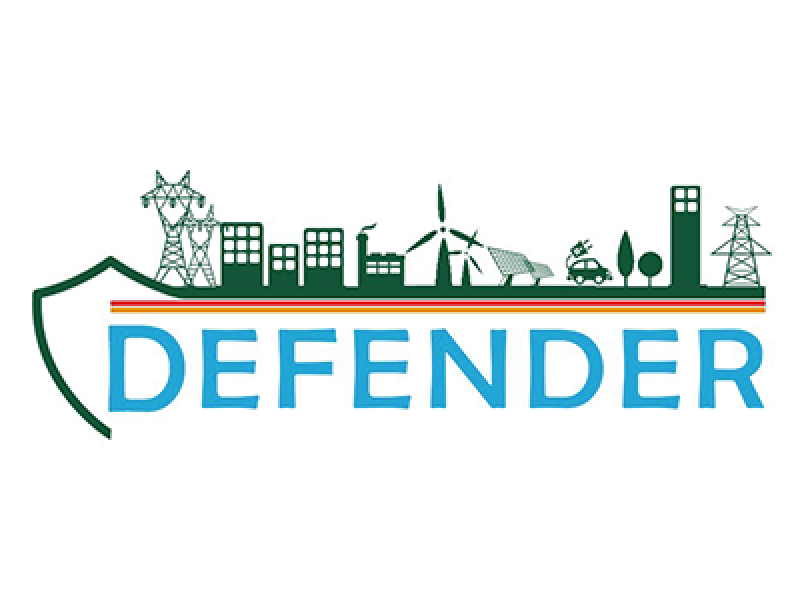
DEFENDER
Defending the European Energy Infrastructures
Gabriele Giunta
01 May 2017
30 April 2020
EC funded project
Critical Energy infrastructures (CEI) protection and security are becoming of utmost importance in our everyday life. However, cyber and system-theoretic approaches fail to provide appropriate security levels to CEIs, since they are often used in isolation and build on incomplete attack models, resulting in silos-like security management fragmented operational policies. To face these challenges, DEFENDER will (i) model CEIs as distributed Cyber-Physical Systems for managing the potential reciprocal effects of cyber and physical threats (ii) deploy a novel security governance model, which leverages on lifecycle assessment for cost-effective security management over the time (iii) bring people at centre stage by empowering them as virtual sensors for threat detection, as first level emergency responders to attacks, or by considering workforce as potential threats. DEFENDER will adapt, integrate, upscale and validate a number of TRL 4-5 technologies and deploy them within a TRL7 integrated yet adaptable framework for CEI security, resilience and self-healing “by design”, with a view to address, detect, and mitigate cyber-physical threats. To this aim DEFENDER framework will combine a range of devices/technologies for situational awareness (fixed sensors like PMUs, mobile devices like drones and advanced video surveillance) (ii) intelligent processing for cyber-physical threat detection with (iii) a toolbox for incident mitigation and emergency response and (iv) Human-In-The-Loop for managing people interaction with CEI, while leveraging on blockchain technology for peer-to-peer trustworthiness. The effectiveness of DEFENDER will be extensively validated on a CEI lab emulator (RWTH, Germany) and on 4 real life demonstrators (in France, Italy and Slovenia) fully covering the overall energy value chain, ranging from a bulk generation plant (ENGIE), to a decentralized RES generation one (BFP), a TSO HV network (ELES), to a DSO network (ASM) and a business prosumer.
Category:
- Operational risk, management and analytics
Vertical Category:
- Energy
Resources for EU Research
Resources for SMEs
News & Events
Reports
Cyberwatching.eu has received funding from the European Union’s Horizon 2020 research and innovation programme under grant agreement No 740129. The content of this website does not represent the opinion of the European Commission, and the European Commission is not responsible for any use that might be made of such content. Privacy Policy | Disclaimer / Terms and Conditions of Use

